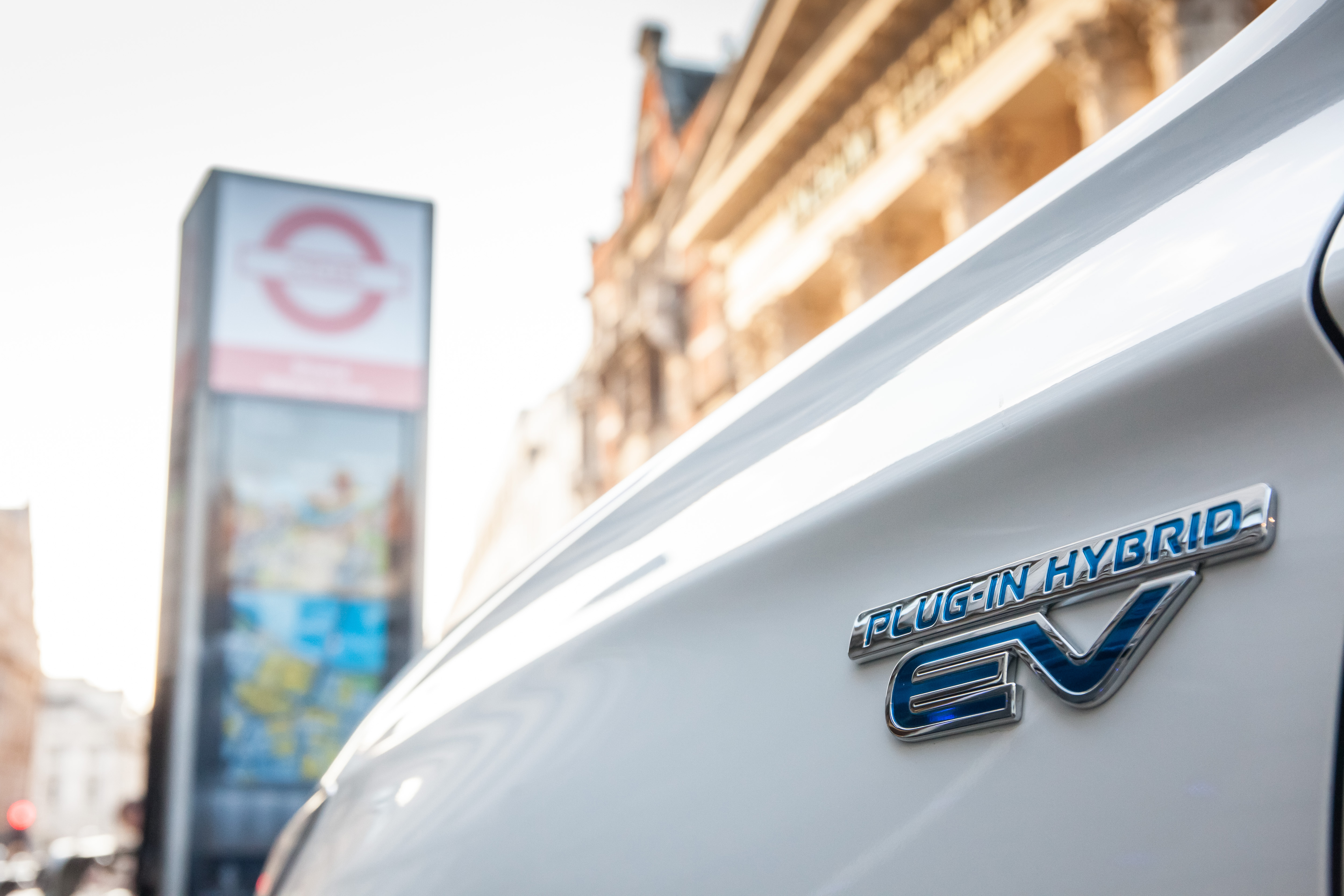Comment: What's a CAZ? How's your ULEV?

Certain key phrases have come to dominate discourse in the low emission vehicle community – Ultra-Low Emission Vehicle, Clean Air Zone, Plug-in Car Grant etc – but how well are their meanings and definitions understood by the wider community of road users?
Shortening commonly used names or phrases into acronyms can save us effort and energy, but they can also further confuse and undermine understanding, unless the definitions are very well pinned down. And absolutely and universally understood.
In preparation for the new zones and even more focus on low emission vehicles and policy support, we have recently been looking more closely at motorists’ interpretation of some of the most commonly-used words and phrases and their associated acronyms.
We found that less than 1% of a large sample of current drivers of plug-in cars were able to correctly provide an ‘official’ definition for a ULEV (Ultra-Low Emission Vehicle). The main reference point is the Office for Low Emission Vehicle (OLEV) definition for a ULEV, which enables eligibility for the Plug-in Car Grant (PICG), is 75 gCO2/km.
There is also evidence that the definition of the term ULEV is often misinterpreted; where a CO2 emission threshold is assumed, significantly more drivers believe the threshold to be ‘50’ or ‘25’ or even ‘10’ (g/km), supporting the contention that most drivers interpret the colloquial phrase ‘ultra-low’ to mean ‘almost zero’.
ULEV is not the only expression that gives definitional challenges. With the plans on air quality now under way, we’re going to be hearing a lot more about terms such as CAZ (Clean Air Zone), U/LEZ (Ultra/Low Emission Zone) and other associated terms as the new policies to tackle local pollution are developed. And what is a ZEV or a LEN? People might, for example, assume that there is some kind of relationship between a ULEV and a ULEZ, but there’s – currently at least - no direct link.
On the positive side, our research did find that once the emission acronyms are presented to respondents in full, both EV-user audiences and mainstream UK motorists can accurately order the vehicle terms.
However, motorists from both our samples had a low level of awareness of the term and meaning ‘Low Emission Zone’ and few recognised the sign for it (present now in several locations). While London’s Congestion Charge Zone has become familiar to those in, or visiting, the capital, recognition and understanding of the meaning of either Clean Air Zones or LEZs is still very low.
In general, the evidence we found suggests that ‘emission zones’ are more often perceived (now correctly) as indicating access restrictions for certain types of vehicle rather than mechanisms for charging for access. One of the lessons of the recent work was that in designing emissions-related traffic signs a choice should be made whether to communicate the mechanism (low vehicle emissions) or the desired outcome (clean air).
So, where does all this leave us? Clearly there’s a lot of work to be done to agree, clarify, simplify and communicate the various terms and acronyms for lower carbon and less polluting vehicles and the areas in which they will be mandated or encouraged. With our wide range of stakeholder partners and forums for discussion, the LowCVP is well placed to steer this discussion and, I hope, shed more light on the best (Low Emission) routes forward.







